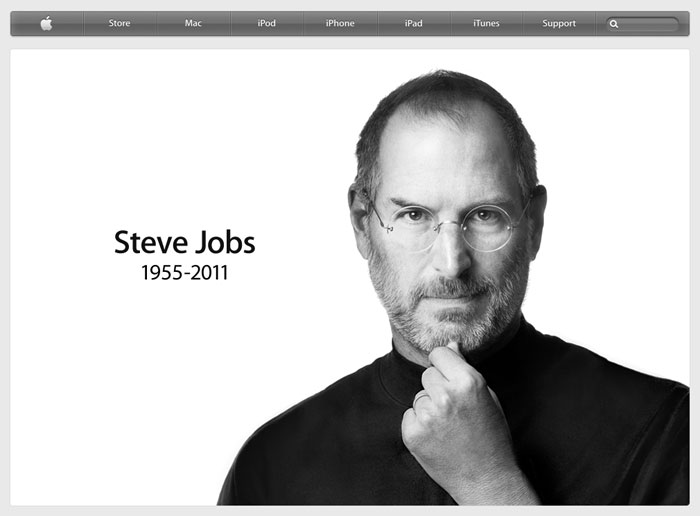Ex-Apple and now venture capitalist Guy Kawasaki writes for CNN: “What I learned from Steve Jobs“. There’s some great stuff in there, which should be required reading for anyone in product design, sales, marketing and even journalism.
If you ask customers what they want, they will tell you, “Better, faster, and cheaper”—that is, better sameness, not revolutionary change. They can describe their desires only in terms of what they are already using—around the time of the introduction of Macintosh, all that people said they wanted was a better, faster, and cheaper MS-DOS machine. The richest vein for tech startups is creating the product that you want to use—that’s what Steve and Woz did.
This is the one that almost no companies understand. They’re too scared to create something they really want to use, and they focus-test everything to death. But focus testing often results in safe decisions and mediocrity. You can see it in high-profile tech right now, with Metro being welded to Windows 8, rather than Microsoft making a braver move; but you see it everywhere in media, too, with most games, television shows and movies being tiny incremental steps, more or less copying what already exists.
Take a look at Steve’s slides. The font is 60 points. There’s usually one big screenshot or graphic. Look at other tech speaker’s slides—even the ones who have seen Steve in action. The font is 8 points, and there are no graphics. So many people say that Steve was the world’s greatest product introduction guy. Don’t you wonder why more people don’t copy his style?
This goes for more than just presentations: it’s about communication and clarity in a more general sense. Plenty of print and web design doesn’t follow this mantra—there’s a desire to try to get too much information over, which overwhelms the readers. Stick to what’s important and make it clear. If someone wants more detail, they can always ask you.
Changing your mind is a sign of intelligence. When Apple first shipped the iPhone there was no such thing as apps. Apps, Steve decreed, were a bad thing because you never know what they could be doing to your phone. Safari Web apps were the way to go until six months later when Steve decided, or someone convinced him, that apps were the way to go—but of course. Duh! Apple came a long way in a short time from Safari Web apps to “there’s an app for that.”
The problem with changing your mind is that too many people consider it a sign of weakness. This is most common in politics: politicians will run with the most bone-headed idea, because otherwise the press will be on at them for weeks about a “humiliating U-turn”. And the same sometimes happens in tech, too. The reality, as Kawasaki says, is that you can often think you’ve got it right, but experience states otherwise. I’d argue stronger people are willing to admit they got something wrong, not weaker ones. People who fix problems are strong; people who ignore them are idiots.
